Many parts of the world have harsh hot weather in July. Wow, if you have more than ten days of temperatures exceeding 100 degrees Fahrenheit. Those conditions aren’t ideal for planting! Some vegetables, however, can still be planted now if you live in USDA zones 4, 5, 6, or 7.
Look around your garden and see if you can find any empty plots that can be used for planting. In a spot where last year’s crops failed or where you’ve already pulled away some vegetables, you may find the right spot for new crops this year. Filling in those bare places with fresh plantings is a great way to take advantage of the July warmth.
A good example of this is the large plot of land where our peas were once grown. By July 1st, peas are ready to be harvested in this area. There will be a lot of this space unused for 30 days until the first fall carrot and spinach plantings begin in August. Bush beans can also be planted in the spring lettuce beds, which are currently bare.
So, what plants can you sow in July and still hope to harvest?
1. Cucumbers
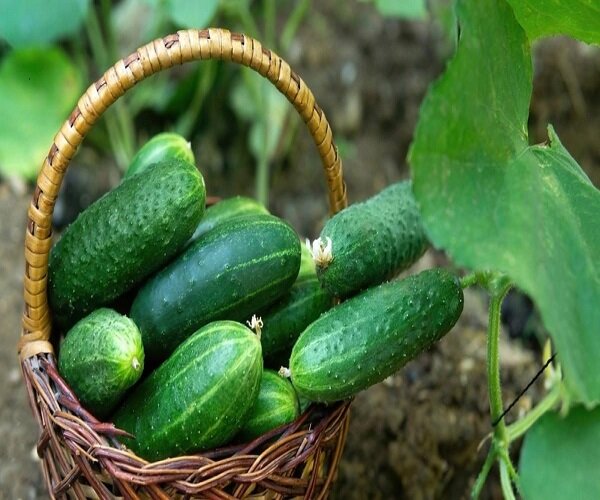
Adding a second cucumber planting in July can result in a little early-fall harvest. You can never have too many cucumbers in your garden when it comes time to preserve them.
Cucumber plants, on the other hand, look like they are constantly overworked. At the end of August, cucumbers tend to fade. Thus, this year, it’s a good idea to plant them in early July. Early September will see the first fruits of those fresh green plants, which will contribute to your fall crop. So, if you choose, you can use a trellis to support your vines and thus increase your harvest.
2. Onions & leeks
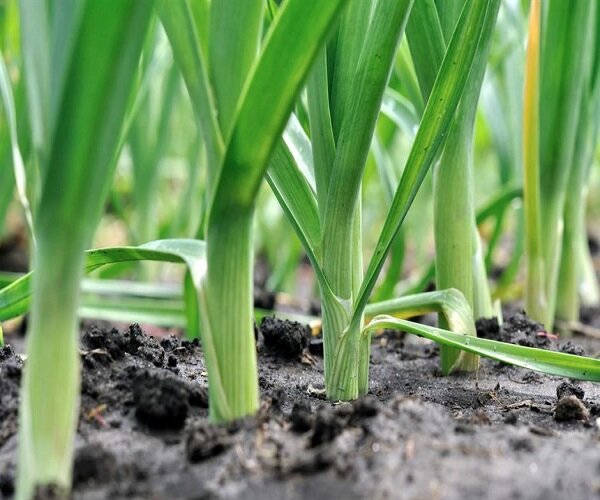
At your local garden center, you can still purchase onion seedlings for your garden plot. You’ll only get green onions if they don’t bulb.
If you want to conserve some room, you can plant them 3 inches deep and next to one another. Fresh green onions may be a great addition to your dishes far into the fall. So, now is a fantastic time to get an early start on your fall onion and leek planting.
Planting seeds directly in the garden may be an option if you live in an area with moderate winters. Alternatively, if you live in a region where winter arrives early, you may need to purchase seedlings or start your own indoors, which you can then transplant outdoors after six weeks.
3. Summer squash
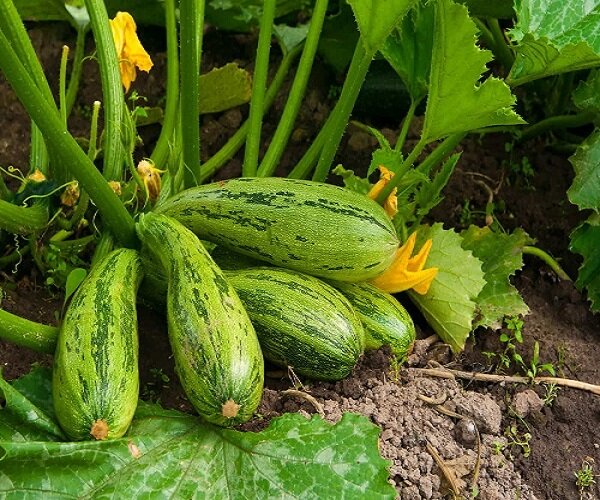
By the end of July, you should be able to harvest zucchini, crookneck squash, and patty pan squash that were planted in early to mid-July. There’s little doubt that the yield will be smaller than if the plants were planted in May. The good news is that from the middle of September until the first hard frost in the month of October, you can still enjoy a good harvest.
In fact, if your garden is plagued by powdery mildew, a July planting of any of these summer squashes may be exactly what your harvest basket “dreams of.” Your newly planted July squashes will be ready to harvest when your spring-planted squashes succumb to powdery mildew. Powdery mildew and other infectious illnesses are often transmitted by wooly aphids (Eriosomatinae) and other sucking insects.
Wooly aphids are commonly found before and as a sign of a variety of diseases, including powdery mildew, in subtropical climes. Physical, digestive or fecal secretions from aphids can produce a variety of possible inoculants for plants. The presence of aphids can indicate the presence of additional plant diseases.
Note:
Plants of all types can be infected by powdery mildew, which is a fungus. POWDERY MILDEW DISEASES are brought on by a wide variety of Erysiphales fungi, the most prevalent of which being Podosphaera xanthii (a.k.a. Sphaerotheca fuliginea). Sexual and asexual reproduction are common in powdery mildew fungus. Powdery mildew has long been used as a therapy by home gardeners and small-scale organic growers.
Getting rid of powdery mildew is as simple as following these steps:
The disease is controlled or eradicated by spraying sensitive plants with milk that has been diluted with water (1:10) and sprayed at the first indication of infection or as a prophylactic precaution. Milk’s efficacy has been compared to that of some conventional fungicides in studies. Ferroglobulin, a protein in whey, creates oxygen radicals when exposed to sunlight; interaction with these radicals harms the fungus, however the exact mechanism of action is uncertain.
4. Kale
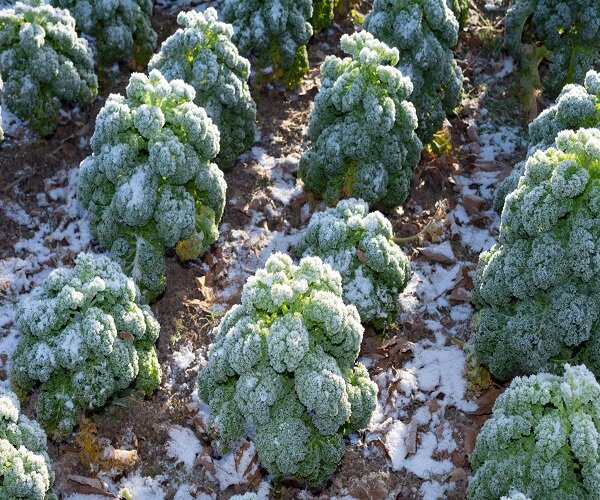
A magnificent fall [and even winter] harvest of curly kale can be sown in warm July from either starts or seeds. This kale crop will not be ready to be harvested until the fall really begins and you have had two or three chilly nights. In addition, the frost will help sweeten and enhance the flavor of the kale. ‘Fall kale,’ on the other hand, must be planted as soon as possible.
5. Summer crisp lettuces
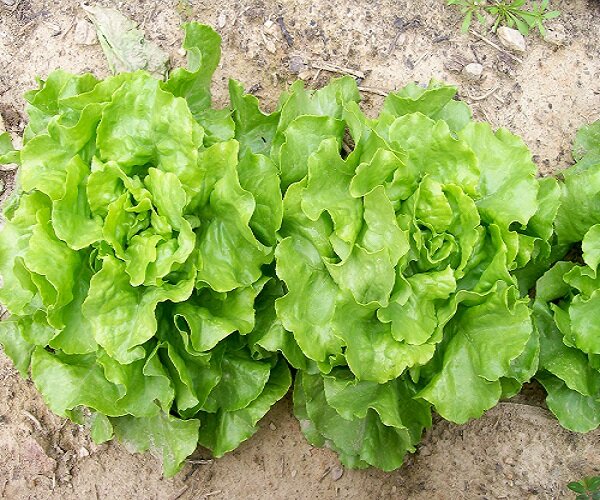
Summer lettuce types thrive well in July and August, and seeds can be directly sown in the garden. Maintain moisture until the seeds germinate and become established. Tip burn and bolting are common problems for summer lettuces, but most types are resistant. Doing this will give you an early harvest of lettuce, which will allow you to have fresh garden salads, garnished with ripe and juicy tomatoes from your own garden!
6. Fall peas
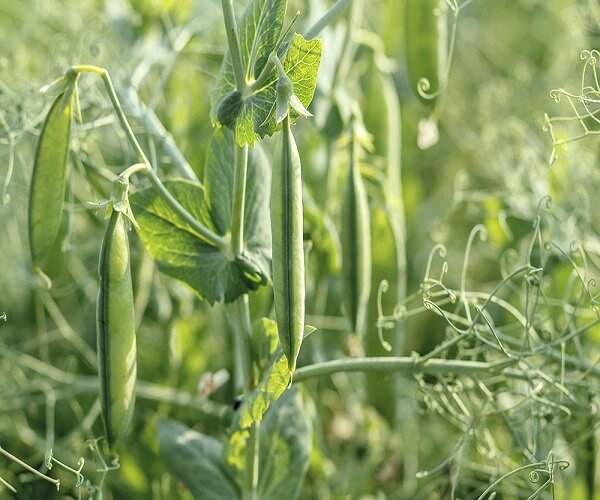
Remember to plant some fall peas, either snow peas or shelling peas. Around the middle of July, these need to be installed, and they’ll be ready by mid-October. When it comes to fall crops, we’ve seen that snow peas do exceptionally well.
Peas are ready to harvest in the late fall if they are planted in mid-July. Just keep in mind that peas don’t do as well in the fall in locations with hot summers and short fall seasons as they do in the spring. Harvesting the same amount of plants in the fall will yield only half as much as doing it in the spring.
7. Green beans
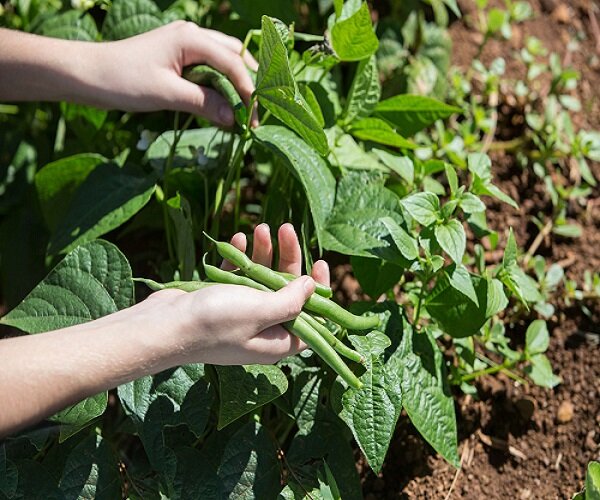
Green beans have a short growth season, so be prepared. Bush green beans are particularly prone to this. There are a number of bush bean types that can be harvested in about 60-70 days. Planting in early July means you’ll have your crop ready by mid-September, and if your first frost arrives later than expected, you’ll still have plenty of produce to work with if you plant at the end of July.
More Ideas for more summer goodies:
As a follow-up to our earlier mention of planning your July planting, don’t forget to consider your fall crops as well. As of mid-July, a good time to plant sprouting broccoli (and other types of broccoli) is in the middle of July. Turnips, beets, and even young carrots can be planted now to get a head start on the fall season.
It’s critical to keep in mind, however, because the weather (think heat) is quite tumultuous on newly sprouting seedlings while planting in July. In July, you’ll need to pay additional attention to any plants you’ve started and water them frequently. During the first several weeks of growth, the plant may want daily watering.
You can still plant seeds in your garden even if you didn’t plant anything this spring, so don’t worry if you have some empty beds or if you didn’t plant anything this spring.
At the very least, you now know what you can plant in July and still have a harvest!

